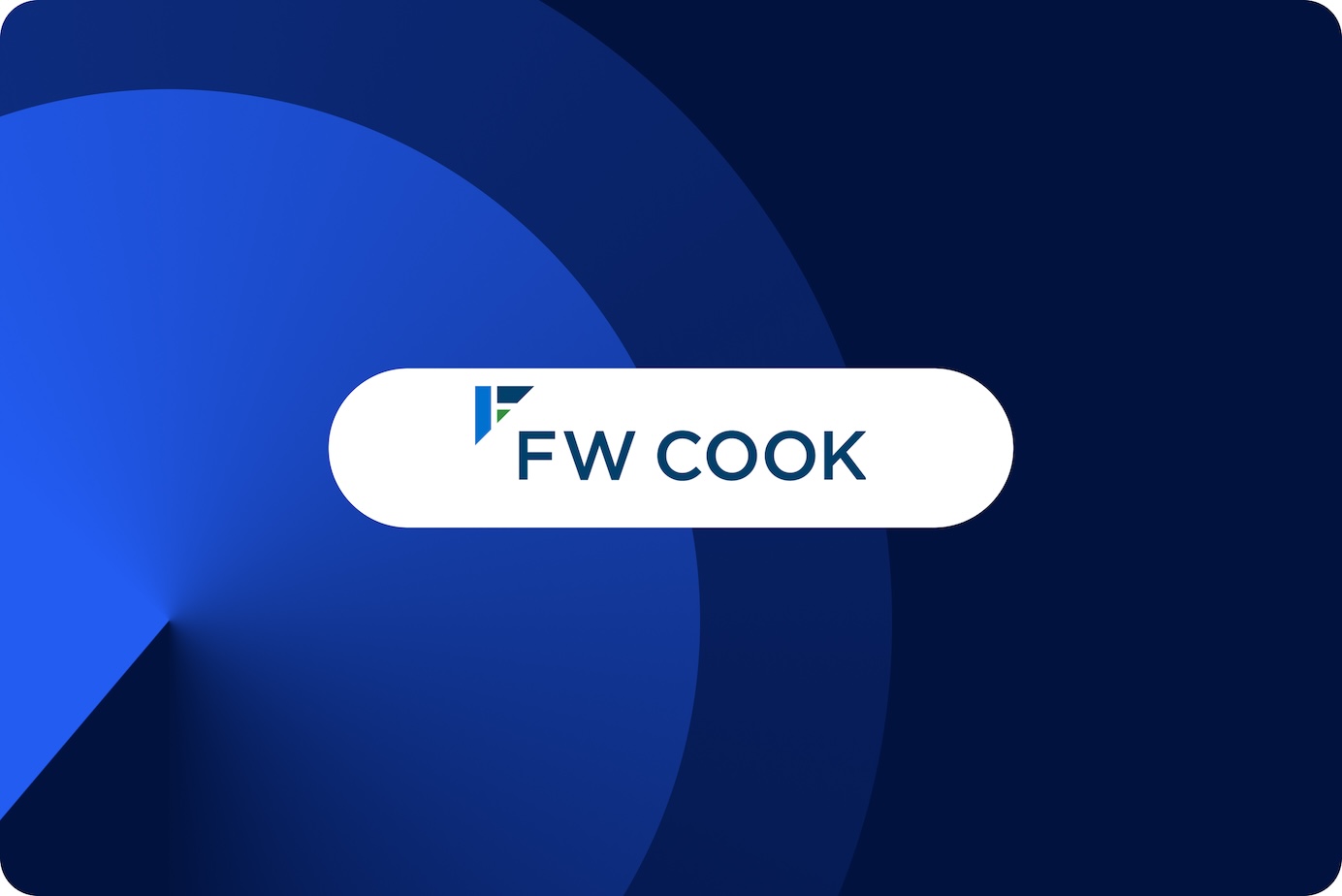As companies scale, so should their equity strategy. What works for a 10-person startup rarely holds up when you’re pushing toward IPO. From attracting early believers to retaining experienced operators, a thoughtful equity plan ensures your company can compete for top talent at every stage.
In this article, we’ll explore how equity grant strategies should evolve as companies grow, highlighting best practices, common pitfalls, and data-driven insights from Pave to help you build a future-ready equity program.
Early-Stage Companies (Seed – Series A)
Flexibility First—But with a Plan
At the earliest stages, equity is your strongest currency. Founders often rely on generous grants to attract mission-driven employees willing to trade cash for long-term upside.
Grant Strategy Focus: Talent acquisition, big vision, equity-rich packages
Common Instruments: Almost exclusively options (ISOs and NSOs) for employees; Possibly RSAs for founders
Typical Pitfalls:
- Over-granting without reserve planning
- Failing to track ownership systematically
- Legal structures that don’t scale
Best Practices:
- Tell the equity story. Highlight potential and mission to inspire belief in the long-term value of equity.
- Choose scalable structures. Set up cap table software and equity plans with growth in mind.
- Start documenting early. Track grant cadence, refresh expectations, and total ownership consistently.
- Promote early ownership culture. Broad-based equity grants build alignment and loyalty.
Pave Data Insight: At the early stage, founders maintain roughly 20 - 30% ownership post-Series A. Approximately 90-95% of private companies with < 500 employees grant options as the most common equity vehicle.
Mid-Stage Companies (Series B/C)
Structure Matters—Equity as a Scalable System
With new capital and expanding teams, mid-stage companies must shift from ad hoc equity practices to a repeatable, equitable system.
Grant Strategy Focus: Internal consistency, retention, managing dilution
Common Instruments: Stock options continue to dominate for vast majority of roles; Potentially RSUs for executives and critical talent
Common Challenges:
- Misaligned expectations between offer grants and refreshes
- Lack of job-level guidelines creates inconsistencies
- Difficulty modeling future equity needs
Best Practices:
- Introduce job-level equity bands. Create equity ranges tied to levels or job families to drive consistency.
- Establish a refresh cadence. Offer scheduled grants to retain high performers and reduce renegotiation risk.
- Model dilution. Forecast equity burn and pool size based on projected hiring and fundraising timelines.
- Train managers. Ensure managers can clearly explain grant value, vesting, and potential outcomes.
Pave Data Insights: At the mid-stage, founders maintain roughly 10 - 15% ownership post-Series B/C as additional funding rounds are completed and investor and employee stakes increase. Approximately 50% of private companies in the 500-3,000 employee bucket have switched over to RSUs as the most common equity vehicle.
Late-Stage Companies (Series D/Pre-IPO)
Governance and Liquidity Readiness
As IPO or acquisition approaches, equity strategy takes on a new level of scrutiny. Tax implications, investor optics, and employee liquidity all come into play.
Grant Strategy Focus: Burn rate control, audit readiness, IPO planning
Common Instruments: Time-based RSUs with liquidity trigger are evaluated, with a mix of options and RSUs provided; ESPP may also be introduced
Critical Additions:
- Shareholder engagement and investor relations
- Complex tax and liquidity planning
- Public company-level disclosures and reporting
Best Practices:
- Transition to RSUs. Shift the majority of new hire and refresh equity to RSUs, as RSUs offer predictable value and are more prevalent in public companies where late-stage companies may compete for talent.
- Refresh equity policies. Reevaluate grant guidelines every 12–24 months based on market and internal needs.
- Launch an ESPP. Pre-IPO approval gives employees valuable purchase discounts and tax advantages.
- Consider option exchanges. If underwater options are affecting morale, a value-neutral repricing or exchange can help.
- Educate your workforce. Prepare employees for IPO-related tax triggers and liquidity events with proactive education.
Pave Data Insight: At the late-stage, founders maintain only 8 - 10% ownership post-Series D. Approximately 90-95% of late stage private (3,000+ employees) have switched over to RSUs.
Cross-Stage Equity Design Principles
Timeless Truths for Equity Success
No matter your stage, some equity principles always hold:
- Align equity with milestones. Tie your grant strategy to funding rounds, hiring plans, and growth projections.
- Keep documentation fresh. Regularly update plan documents, grant policies, and participant agreements.
- Benchmark continuously. Use real-time tools like Pave to ensure your grants remain competitive.
- Prioritize transparency. Employees who understand their equity value stay longer and are more engaged.
Equity Is a Living Strategy
The best equity programs aren’t static—they evolve. A plan that works for 25 employees may falter at 250 if it’s not revisited. Designing a grant strategy that flexes with your growth and is grounded in current market data ensures equity remains a core differentiator.
Whether you're recalibrating equity guidelines, planning for IPO, or simply helping employees understand their equity better, contact Infinite Equity today to build a scalable, market-driven equity program that grows with you.
_
This article was authored by Daniella Butler and Leann Aguilera with oversight by Jon Burg. Questions and comments can be directed to leann@infiniteequity.com and daniella@infiniteequity.com, respectively.
Infinite Equity is an independent professional services firm that enables companies to increase the effectiveness and return of their equity programs. As recognized industry leaders in all aspects of broad-based and executive LTI compensation, the Infinite Equity team partners with publicly traded and privately held companies on plan design, valuation, performance tracking & communication, tax, and financial accounting services related to stock-based compensation.








